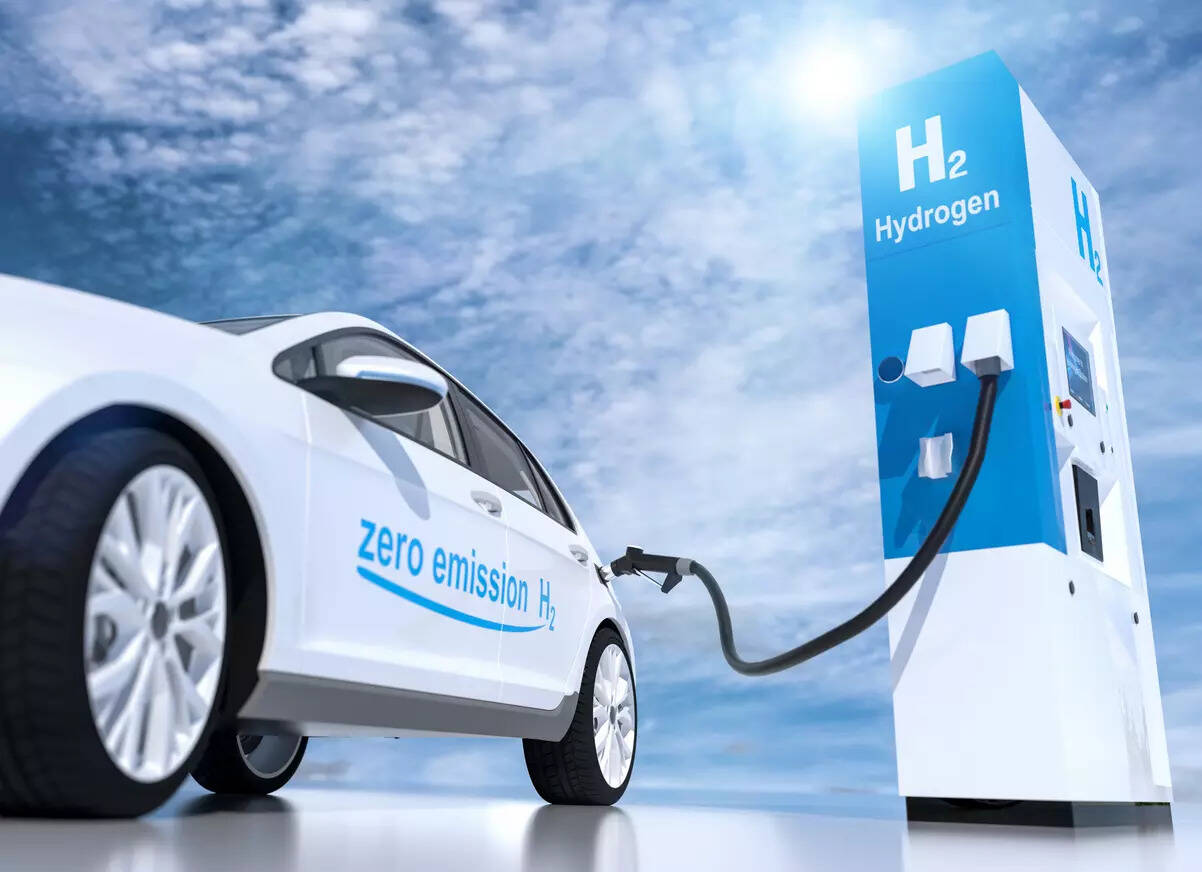- Published On Sep 20, 2025 at 01:03 PM IST
 NITI Aayog’s V.K. Saraswat says focus is on cutting imports for hydrogen production.
NITI Aayog’s V.K. Saraswat says focus is on cutting imports for hydrogen production.“>
Dr. V.K. Saraswat, Member of NITI Aayog, stated on Friday that the current emphasis is on reducing imports for hydrogen production in the country.
Speaking to reporters in Bengaluru, Saraswat said, “Work is underway in various sectors regarding hydrogen fuel. Our current target is to achieve 5 million metric tonnes of hydrogen fuel by 2030. So far, we have not assessed how far we have reached, but we are moving in that direction.”
He stated that research and development efforts are focussed on minimising imports for hydrogen production. Research and Development is underway on hydrogen charging stations, manufacturing high-pressure cylinders, and other related areas.”The Indian government has launched the Hydrogen Mission at a cost of ₹19,200 crore. The objective is to utilise hydrogen in different sectors. Plants have already been established for hydrogen production. More and more electrolyzer units are being set up, and using these electrolyzers, hydrogen plants – specifically green hydrogen plants – are being developed,” he said.”Three Hydrogen Valley projects have been launched under this mission. One is a 50 megawatt plant, followed by a 100 megawatt plant, and later a 500 megawatt capacity plant. We have involved industries under a challenge mode, and they are being developed in different regions of the country,” Saraswat added.For hydrogen production, the Ministry of New and Renewable Energy (MNRE) has invited proposals under challenge mode to create hydrogen production facilities. Many industries are importing electrolyzers and producing hydrogen. Clean hydrogen is already being produced in the country, he said.Some plants are using solar energy for green hydrogen, while others are using grid energy. Hydrogen produced using solar energy is called green hydrogen. The government is providing subsidies for those setting up electrolyzer plants, as well as for those establishing fuel cell plants, he added.
Several automobile industries are also coming forward, and alongside battery vehicles, they are developing fuel cell vehicles. Upgradation is taking place in all directions, and facilities are being created for hydrogen storage, Saraswat underlined.
He further said that the government has launched a new programme for producing hydrogen through nuclear energy, which was announced in the last budget. Hydrogen produced through nuclear energy will be the cleanest and cheapest form of energy. Work is progressing in this direction. In the SMR (steam methane reforming) sector, the government is encouraging private participation and bringing in policy changes, he stated.Research is also being carried out extensively on hydrogen production, storage, and transportation, he noted. “We are also trying to utilize hydrogen by mixing it with CNG. A bus has already been run on an experimental basis,” he said.The cost of green hydrogen is currently between 4 and 5 dollars per unit, and it will take some time to bring it down to one dollar. For that, several reforms are needed – including reducing the cost of electrolyzers, bringing down power costs, and developing critical materials domestically instead of importing them, he explained.
Research and international collaborations are underway in these sectors. A hydrogen alliance has been announced, and India is working with different countries, Saraswat said.
“If we want to use hydrogen as a fuel, like petrol available at petrol pumps, and run buses and cars on hydrogen, we need to develop recharging infrastructure. In our country, nine such hydrogen centres are being established, and Tata is creating the infrastructure,” he said.
“I suggest that we use blue hydrogen as much as possible and bring down the costs. This will reduce carbon dioxide emissions. It can be produced from coal, natural gas, and biomass. At present, our focus is on producing green hydrogen through the electrolysis of water,” he said.
“Hydrogen is a clean fuel. When it burns, it does not produce carbon, so there is no particulate matter. Whether it burns in a commercial chamber or on the fuel side, it does not pollute at all. The particulate matter will be zero,” Saraswat underlined.
- Published On Sep 20, 2025 at 01:03 PM IST
Join the community of 2M+ industry professionals.
Subscribe to Newsletter to get latest insights & analysis in your inbox.
All about ETAuto industry right on your smartphone!
- Download the ETAuto App and get the Realtime updates and Save your favourite articles.





